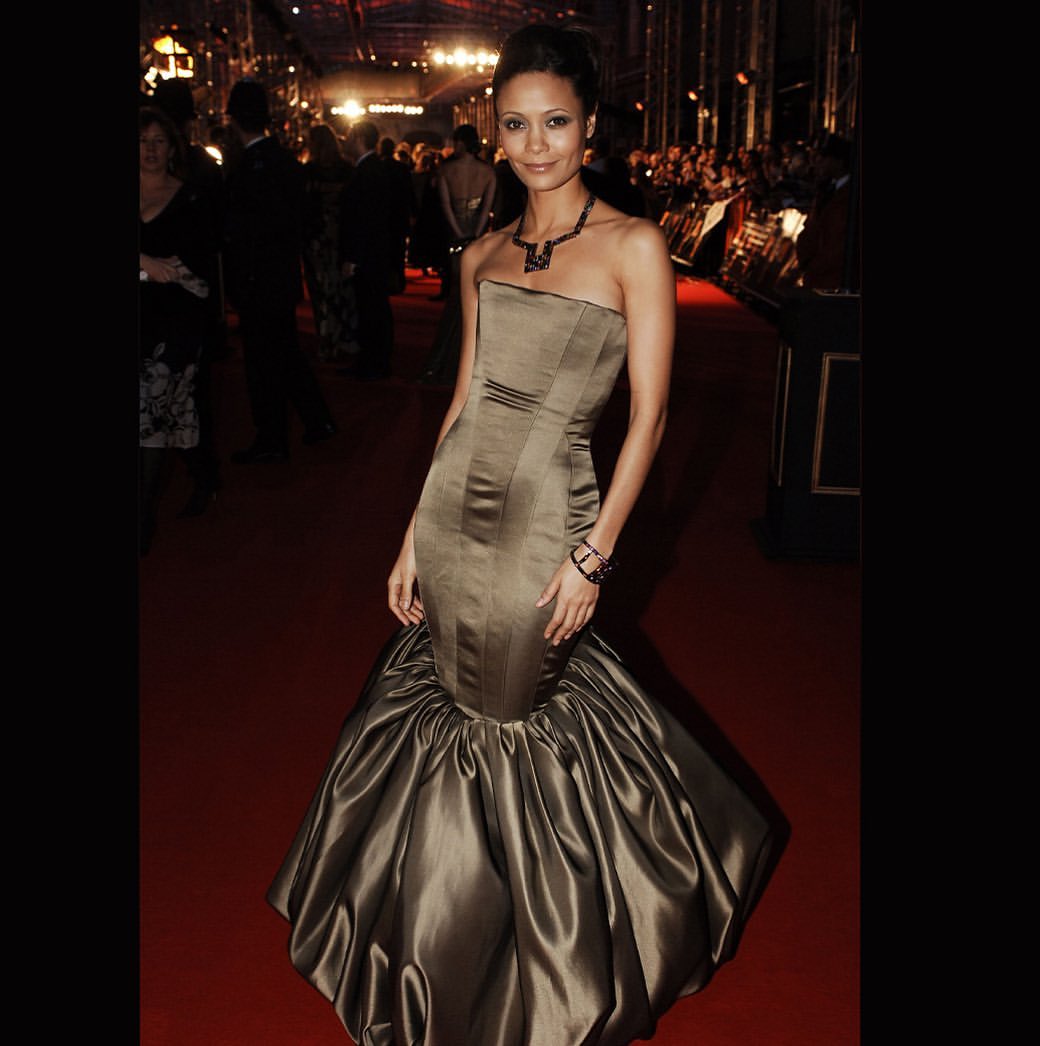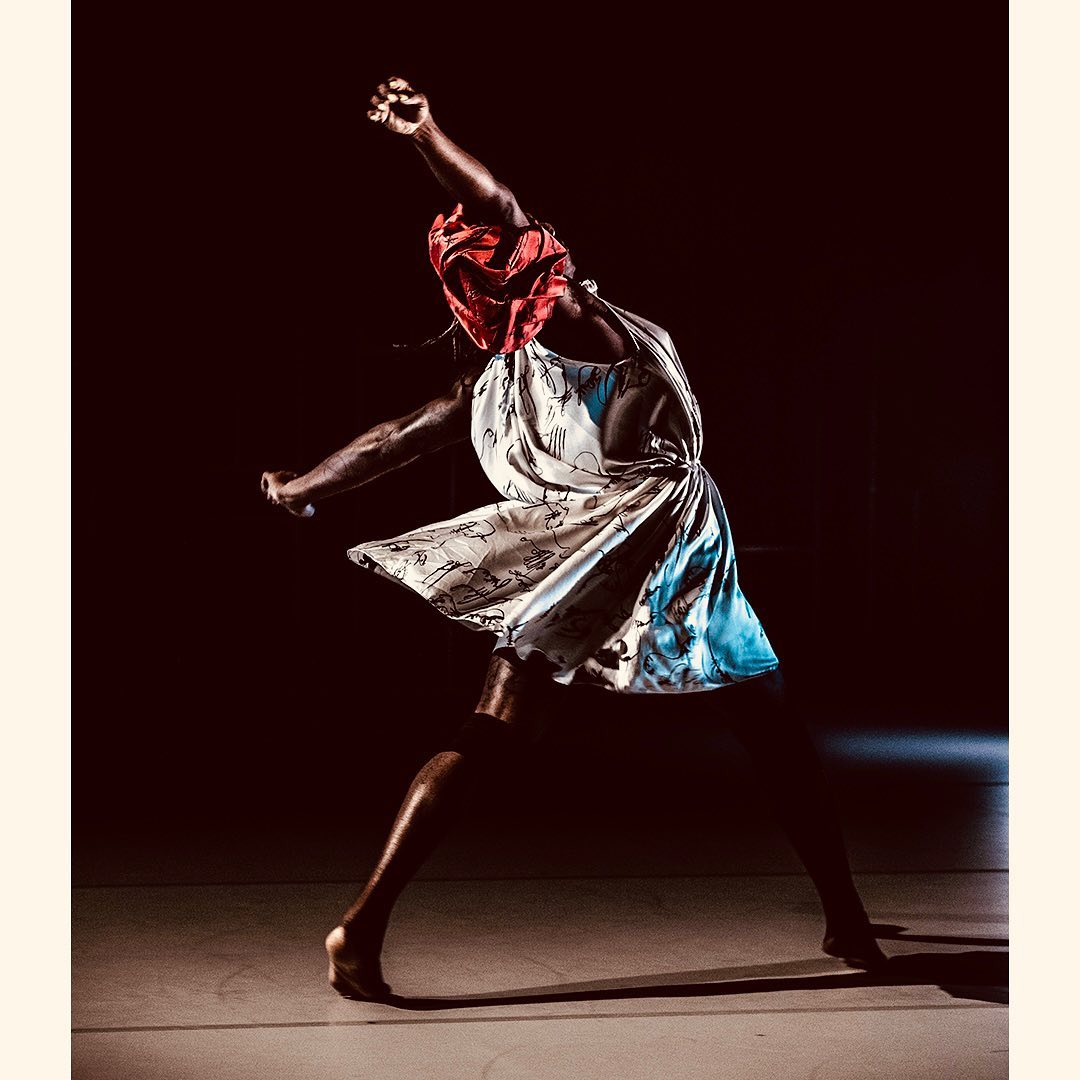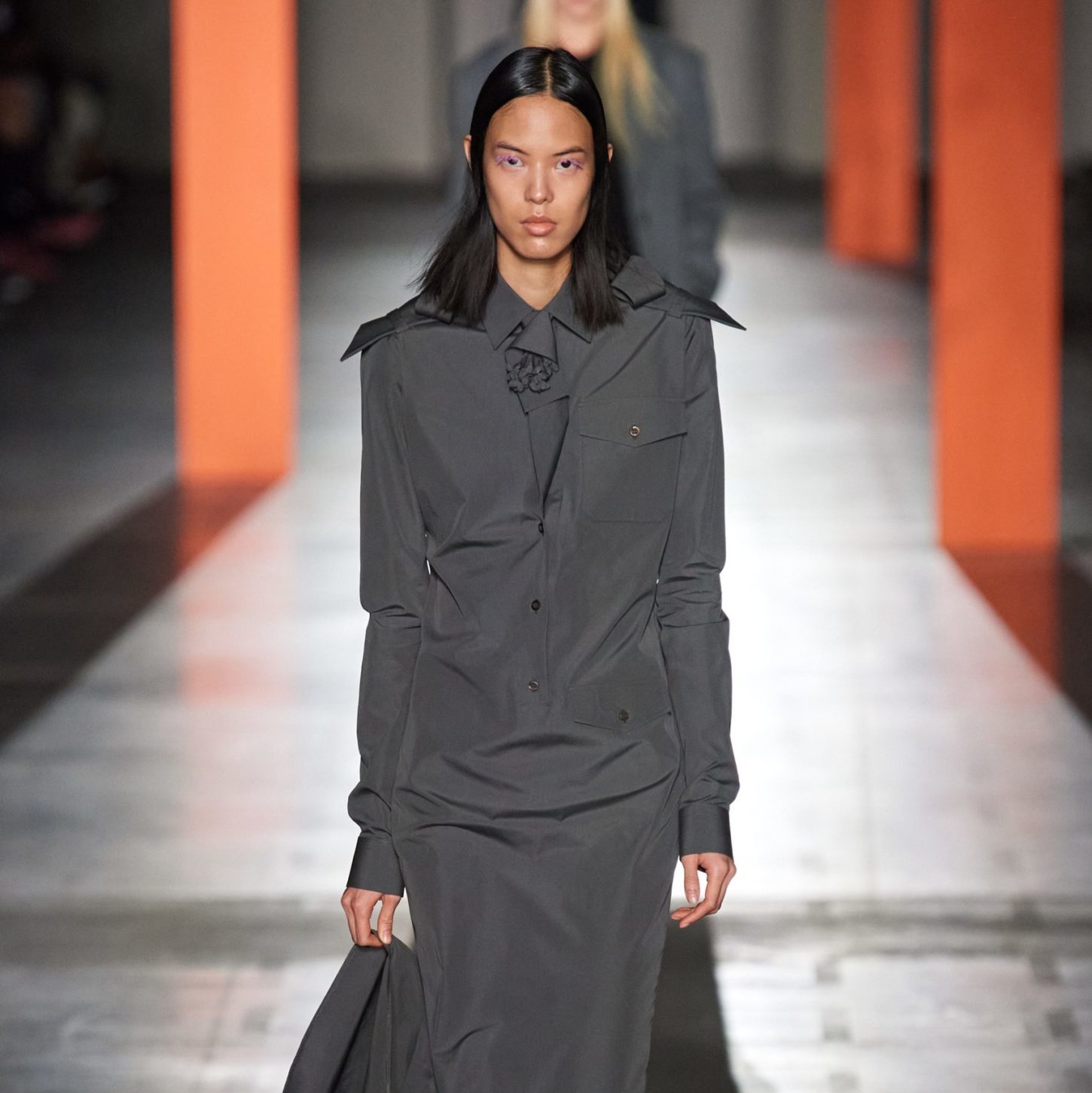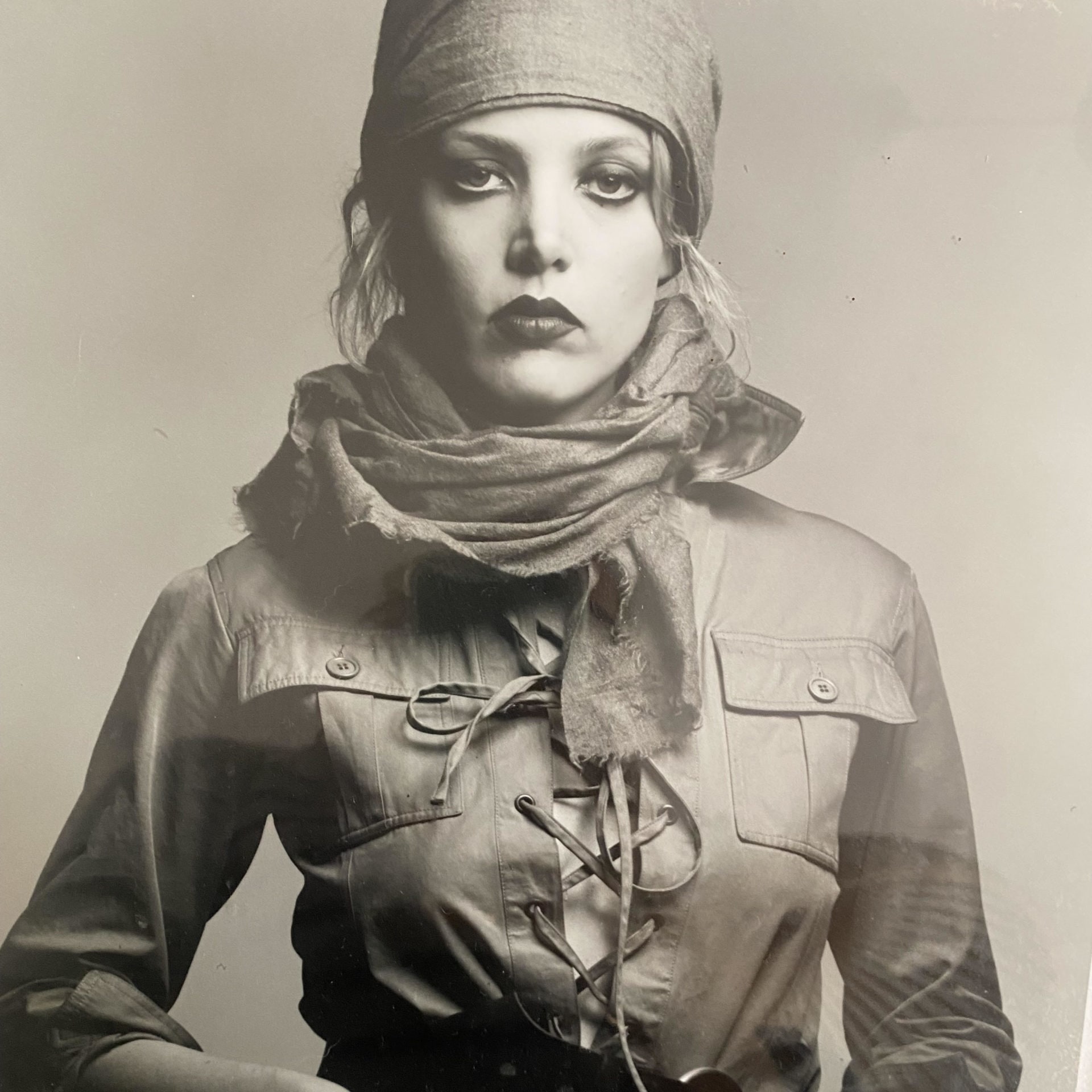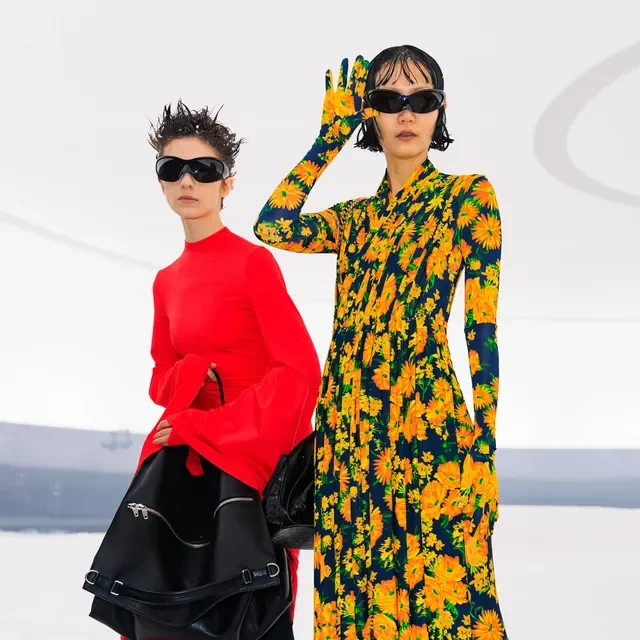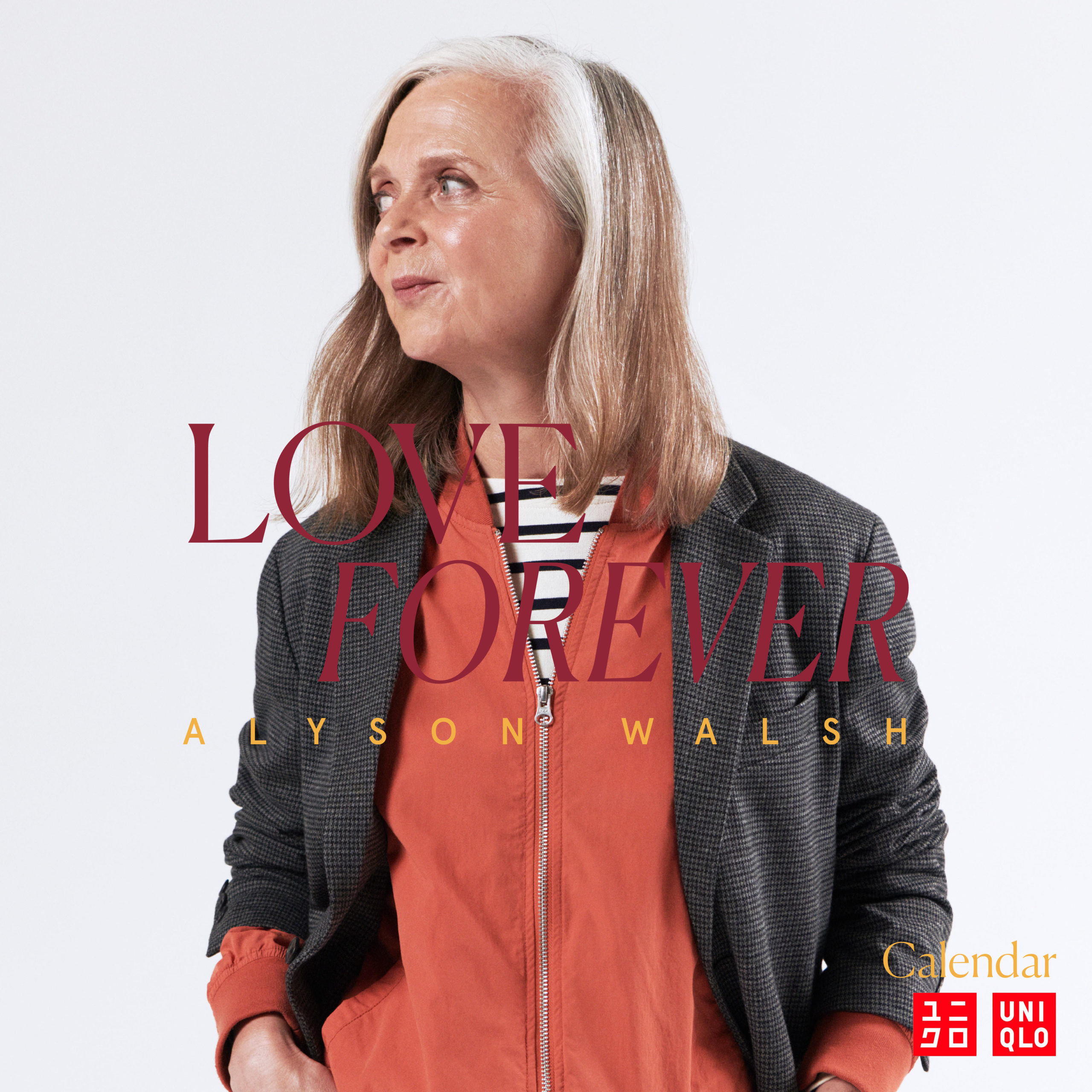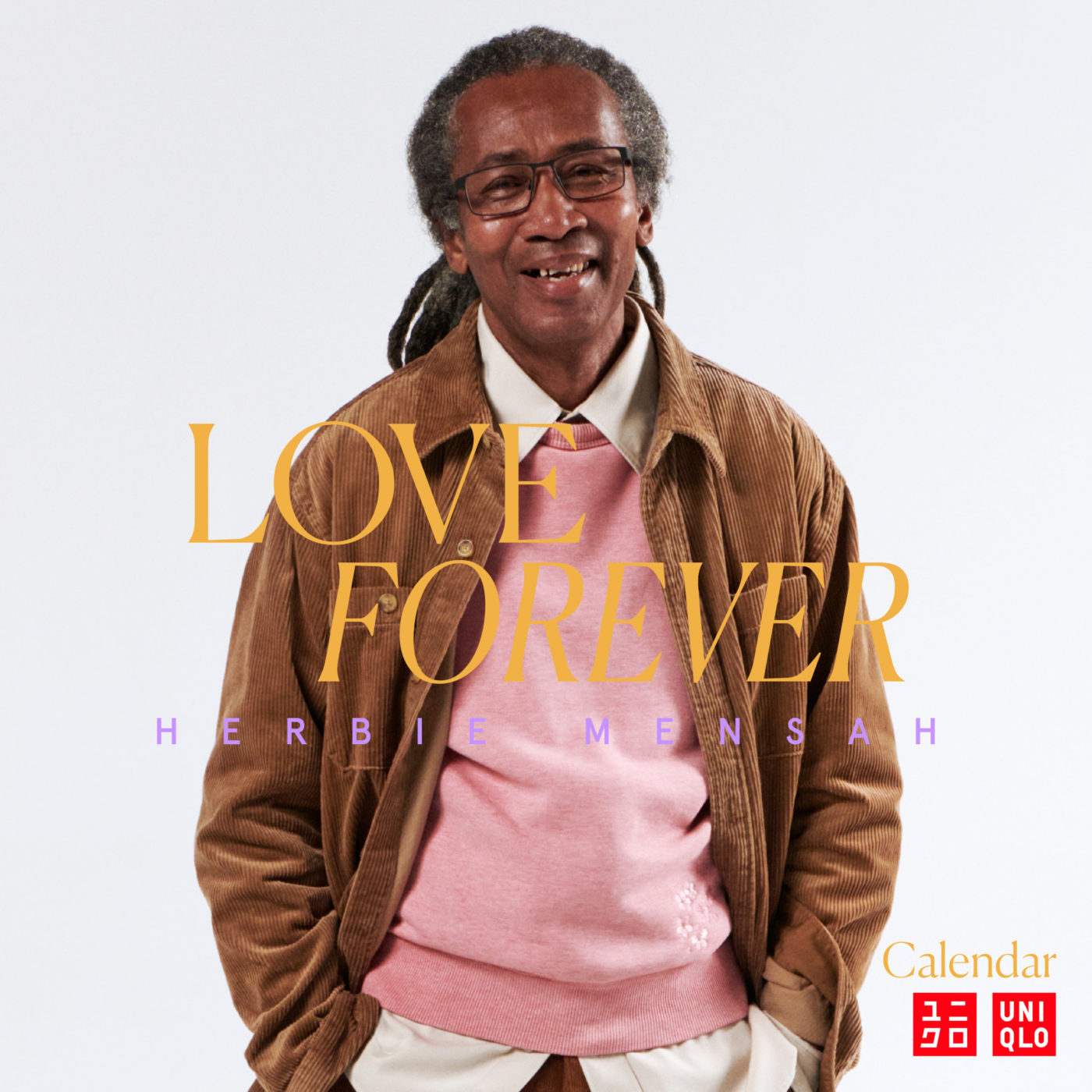December | Designer Focus
Designer Focus: Giles Deacon
The London-based designer talks to Emma Sells about creating Great British couture, making clothes that have meaning and why he’s never wanted to be pigeonholed
Emma SellsIn the centre of Giles Deacon’s rooftop Hackney studio stands a mannequin dressed in a floor-length silk gown that’s an extraordinary shade of violet, so bright that it almost radiates. Awaiting its final fitting, it’s a bespoke couture dress designed for fashion industry stalwart Camilla Lowther (she’ll go on to wear it at the wedding of Tom Guinness and Tish Weinstock), a genuine showstopper with a flawless trapeze shape and extravagantly puffed sleeves. It’s signature Deacon, too: exceptionally crafted from beautiful, tactile fabric and with all the ease, playfulness and wow-factor that a woman could possibly want.
Deacon has been dreaming up drama-fuelled, sweeping silhouettes and opulent prints under his own label for nearly 20 years now. Born in Darlington in the north of England and raised in the Lake District, he graduated from Central Saint Martins (where he shared a desk with Hussein Chalayan) in 1992, and worked for the likes of Bottega Veneta and Gucci before setting up GILES in 2004. His much-loved ready-to-wear shows were a lynchpin of London Fashion Week, starring everyone from Erin O’Conner to Karen Elson, and his collections garnered him not only awards, but an impressive roster of fans. He had a stint, too, as creative director of Emanuel Ungaro, as well as working on multiple collaborations and projects. “At one time, for about three or four years with consultancies, we were doing 12 collections a year as a small team,” he says. “It’s a bananas amount and it was what it was for that period of time, but you don’t want to be doing it for a long time.”
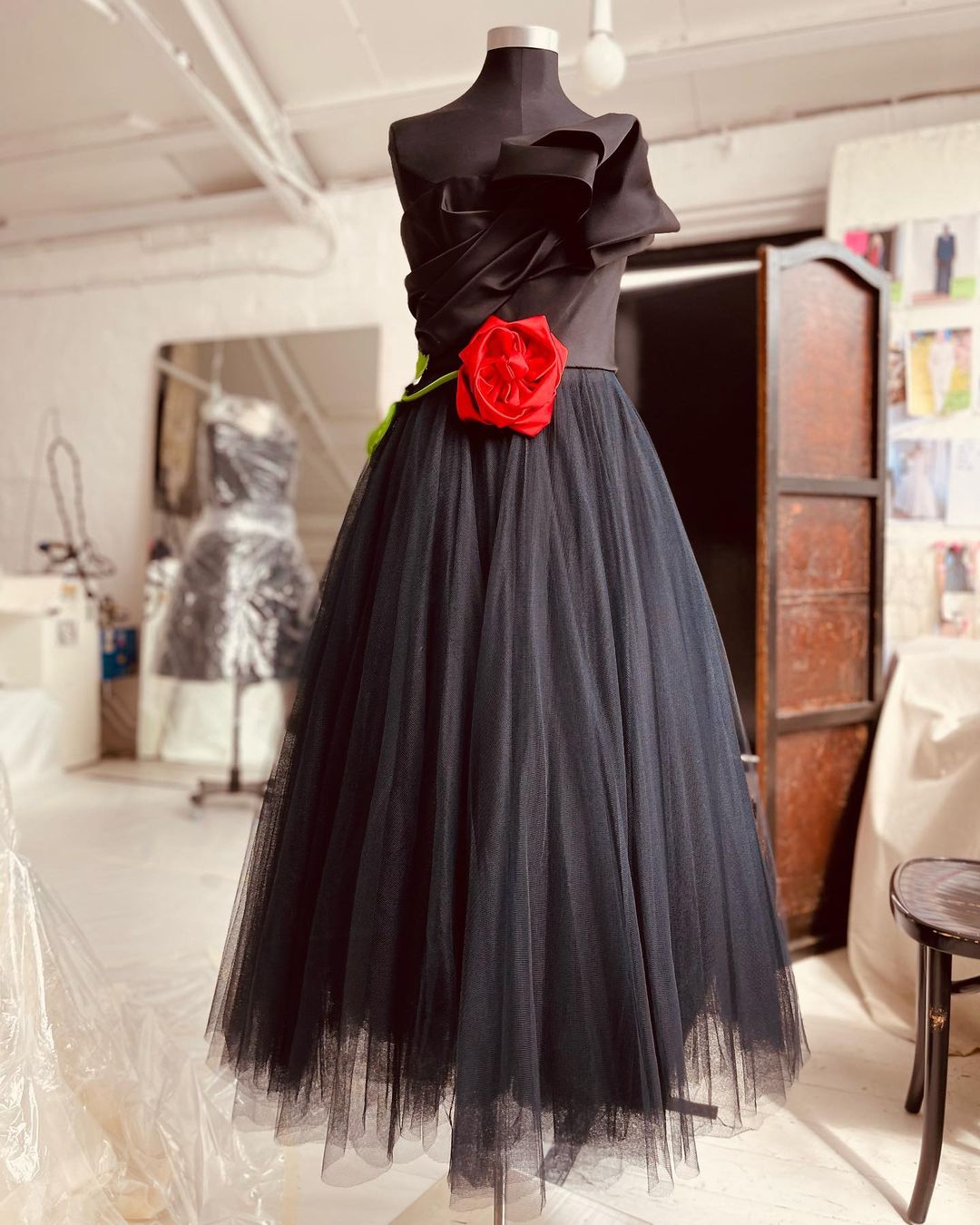
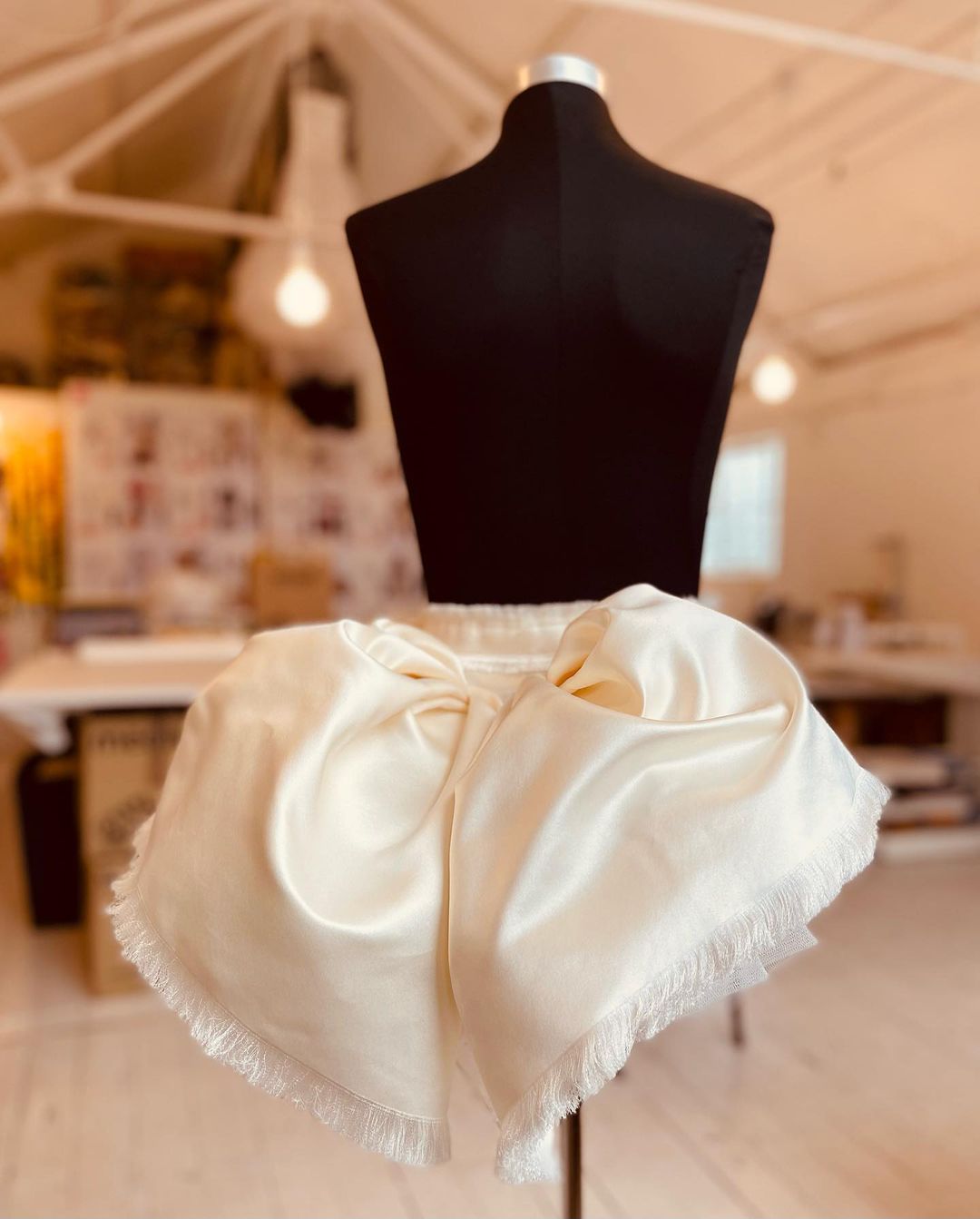
Images Courtesy of Giles Deacon
So, in 2016 Deacon decided to change tack and slow his pace, stepping away from ready-to-wear and instead focusing on creating one-off pieces for an ever-growing coterie of international clients. And he’s never looked back. “I’ve always been kind of independent and forged my own path within things and I think that, as tough as it can be at times doing that, it’s ultimately the right thing to do,” he says. “You do different things on different scales at different times and I think we all need that in life; to be able to be involved in those worlds and see them evolve and change. And to not be in them all at the same time and pace is really good, because I think one needs that sense of distance as well as involvement. It’s much healthier and it means you enjoy them all a lot more.”
His client list, built up thanks largely to word of mouth, now spans repeat clients who he’s been working with for 15 years – women who want multiple looks for varying events in their upcoming social calendar, and those who want a truly special piece for one precious moment. He has an American client roughly his age who has enlisted him to create clothes for both her mother and her 19-year-old daughter, “so we’ve made vastly different pieces for three generations now, which is kind of great.” He conjures tailored ready-to-wear, incredible gowns and bridalwear as required, and he designs each piece with the women in question at its heart, discussing each step with them to make the clothes as personal as possible. “The way that I like to work with clients is not, ‘Here’s a sketch, come back, there it is, off you go,’” he says. “Their opinions are important; they’re the ones wearing the piece. It’s not a dictatorship, which some places are. The skill is to get the essence and that precision of what you want to get across as a designer from the start and then you can build upon that. I love making things with meaning – that’s really undervalued in the fashion industry. And at the end, you get a really divine one-off piece that’s not going to be seen anywhere else in the world or worn by anyone else.”
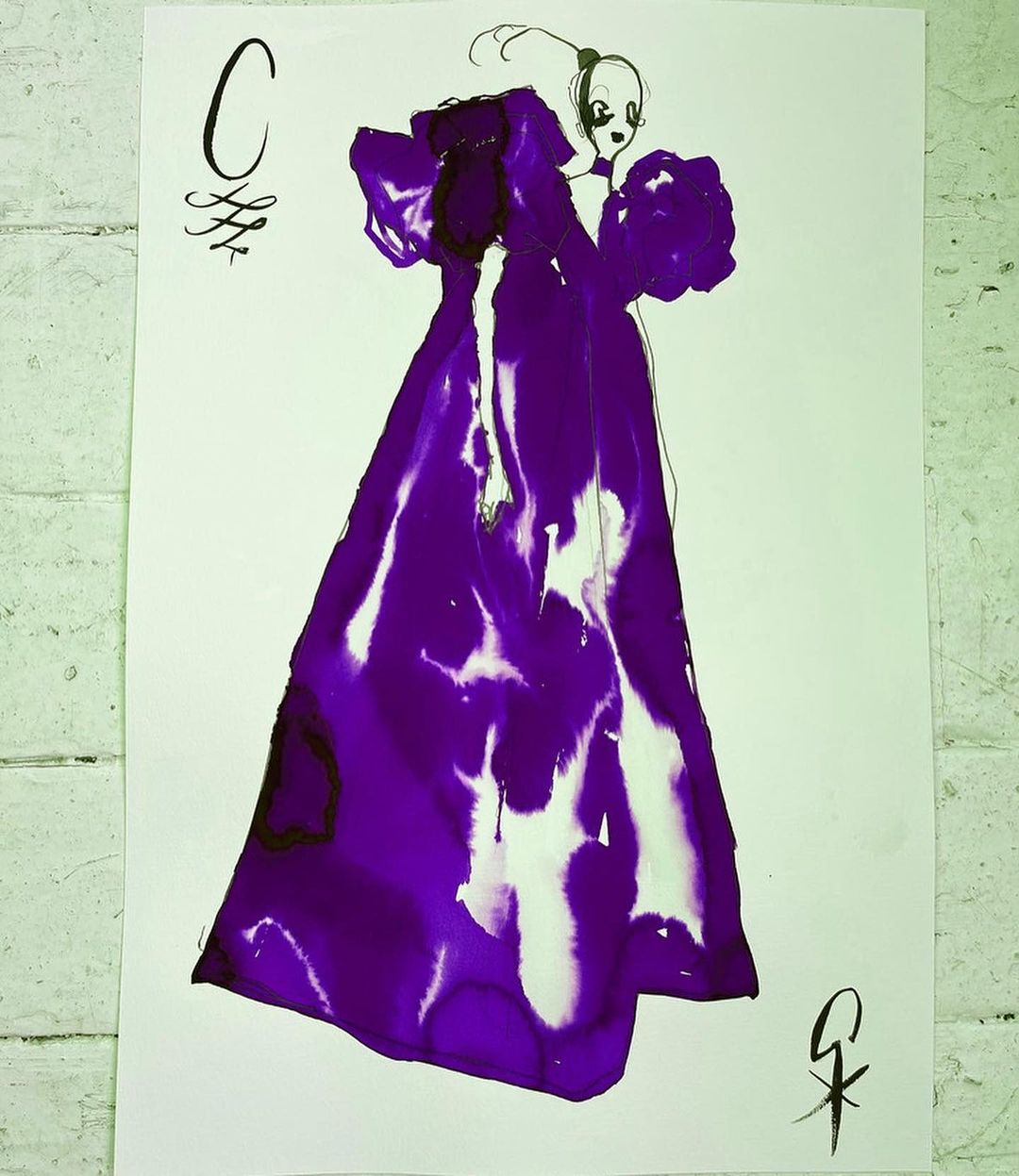
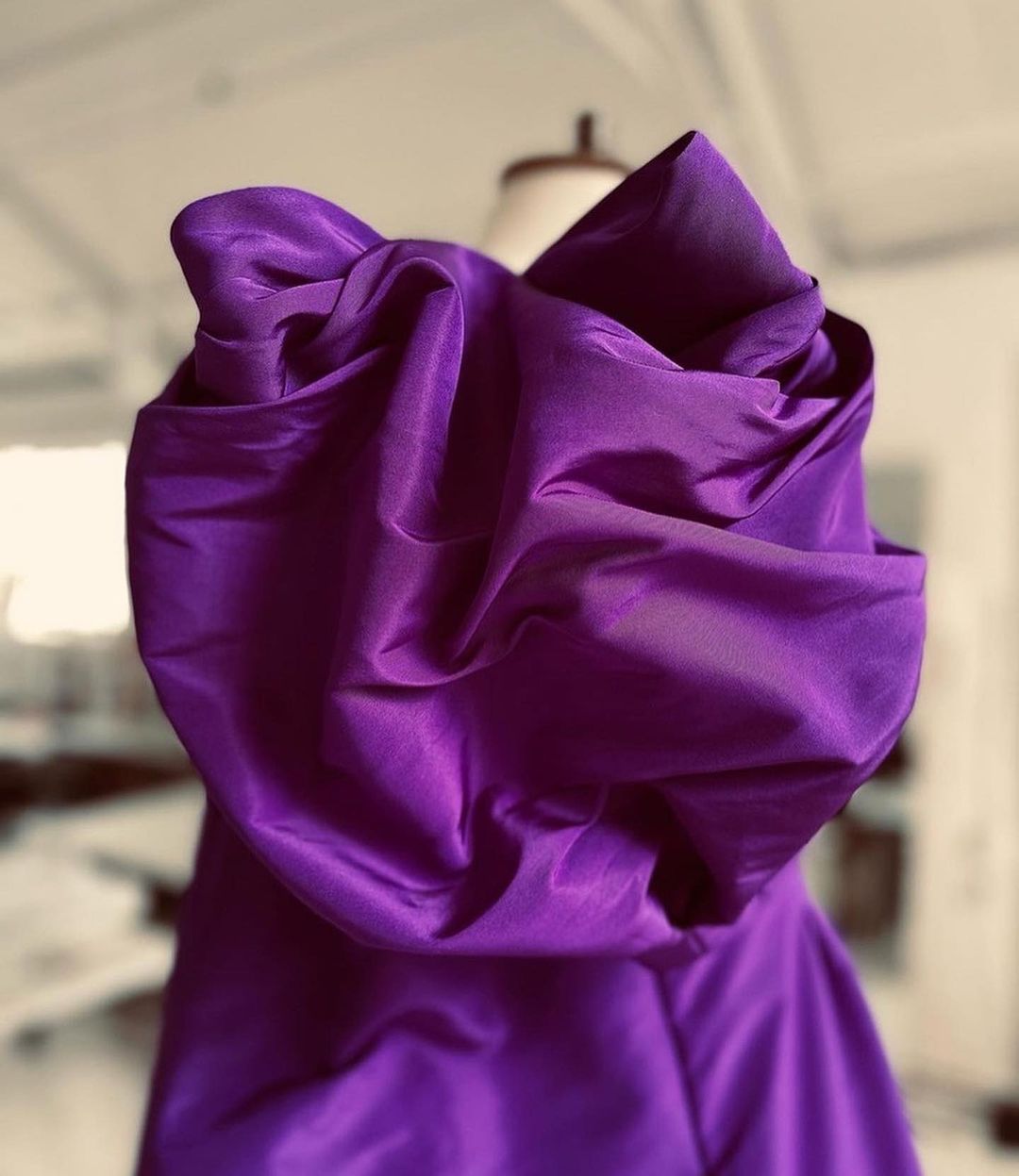
Images courtesy of Giles Deacon
“The way that I like to work with clients is not, ‘Here’s a sketch, come back, there it is, off you go’. Their opinions are important; they’re the ones wearing the piece. It’s not a dictatorship, which some places are. The skill is to get the essence and that precision of what you want to get across as a designer from the start and then you can build upon that. I love making things with meaning – that’s really undervalued in the fashion industry.”
Giles Deacon
The label’s thoughtful, responsible approach is a by-product of its made-to-order model and focus on craft and quality. The vast majority of the pieces are cut and made in the studio, with fabrics sourced from the UK. Over the course of the past two decades, Deacon and his team have established a talented and trusted network of specialist factories and makers across the UK that they can call upon, from centuries-old mills in Suffolk and Lancashire to digital printers in the north of England. These are pieces that are built to last – and that are always welcomed back into the studio for some TLC when they’ve been worn and worn. “We’ve inadvertently always worked in a very waste-free, sustainable way because the fabric’s been delivered from Suffolk to London, and by the time it’s cut and then you’ve made a little bag to put something in for someone from the leftovers, and it’s then turned into something, you’ve got next to nothing left,” says Deacon. “It only really dawned on me when people started talking about responsible ways of working – isn’t that sort of what we do?”
Deacon seems to have struck the perfect balance to satisfy his career-long desire to keep things broad and never be pigeonholed. Alongside the discreet world of the majority of his private clients, he has the power to generate headlines – see his now-legendary wedding dress for Pippa Middleton or the extraordinary red-carpet gown, inspired by the Cupola Room at Kensington Palace, that he created for Billy Porter at the 2020 Oscars. He always has a side project on the go, whether he’s designing capsule collections with stores like Matches and Dover Street Market, creating costumes for the New York City Ballet or films and TV shows, or working with the mental health charity Hospital Rooms. “I’ve always wanted to do things that I’m proud of and that we’ve worked hard on; that have a certain sense of quality and ultimately, I hope, are beautiful,” he says. “And what I’ve learned retrospectively, not just when I look at my own work but when I look at other disciplines outside of fashion, is that ultimately, at whatever scale it is, good is good.”
